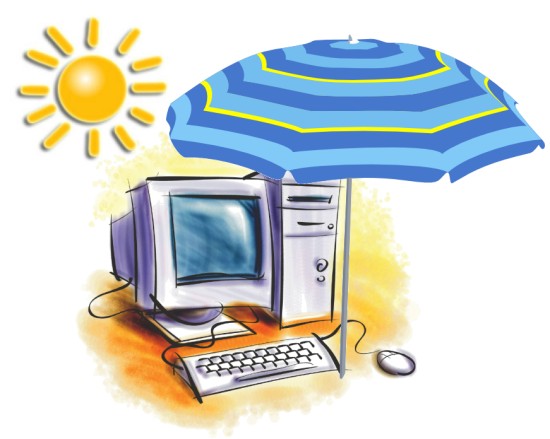How To: Properly Plan And Pick Parts For An Air-Cooled PC, Part 1
What better way to wrap up a scorching summer than with a last word on cooling? We explain the most important rules for creating ideal airflow, address the potential effectiveness of side fans, and discuss the finer points of graphics card cooling.
Back To Basics On Cooling
At least in Europe, the summer wasn't really all that warm (Ed.: Yeah, try living in Bakersfield, CA). But for a PC owner or do-it-yourself builder, the issues of waste heat, cooling, and ambient temperature are always worth thinking about. That's why we're going to start at the very beginning in this, our introduction to cooling. Every year we have new readers, and every year we see some of the same questions posed in our forums. The very last thing we want is for an expensive project to fail as a result of a mistake made in the most basic tenets of keeping hardware running at acceptable temperatures.
Because the topic is extensive, and because we want to offer a comprehensive tutorial, we'll present the whole story in two parts (the second of which will appear next week).
So, first we'll talk about the best sort of chassis, including the mounting location of the power supply. Then, we'll take a look at the potential drawbacks of other solutions. Optimized airflow is the most important consideration in an air-cooled system, so we plan to go into a lot of detail on that. Then, we'll take a look at classic case fans, and show why even a beginner doesn't need to be afraid of applying thermal paste. If you also bear in mind the importance of having space between your multi-GPU configuration and understand why the often-maligned side-panel fan can be useful, your PC will be better-equipped to survive next summer's heat.
Get Tom's Hardware's best news and in-depth reviews, straight to your inbox.
Current page: Back To Basics On Cooling
Next Page Cooling Theory Made Easy
Igor Wallossek wrote a wide variety of hardware articles for Tom's Hardware, with a strong focus on technical analysis and in-depth reviews. His contributions have spanned a broad spectrum of PC components, including GPUs, CPUs, workstations, and PC builds. His insightful articles provide readers with detailed knowledge to make informed decisions in the ever-evolving tech landscape
